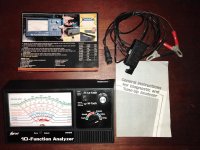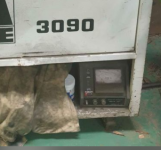Well folks - another one of those meters turned up on Facebook marketplace… different look, but similar functions. Good luck getting your hands on it.
https://www.facebook.com/marketplace/item/644288880258754/
https://www.facebook.com/marketplace/item/644288880258754/


